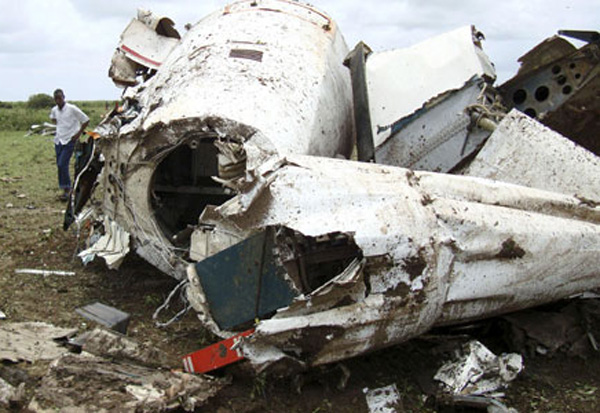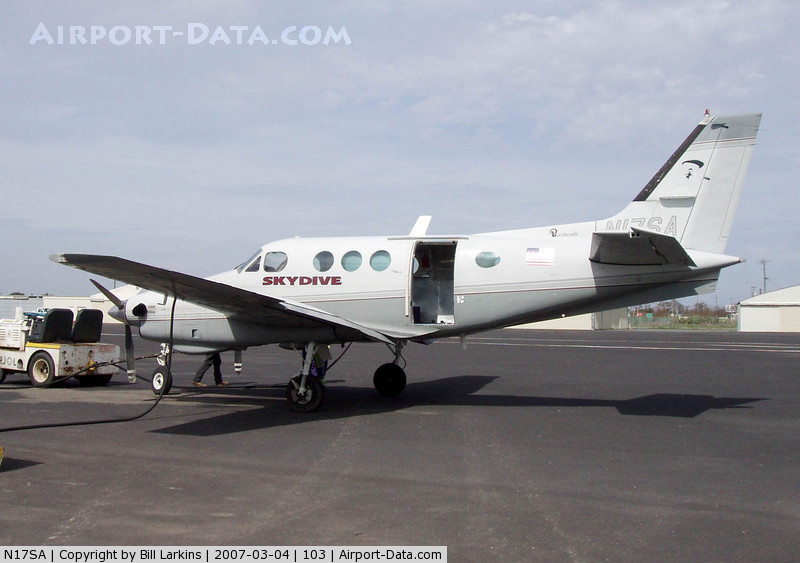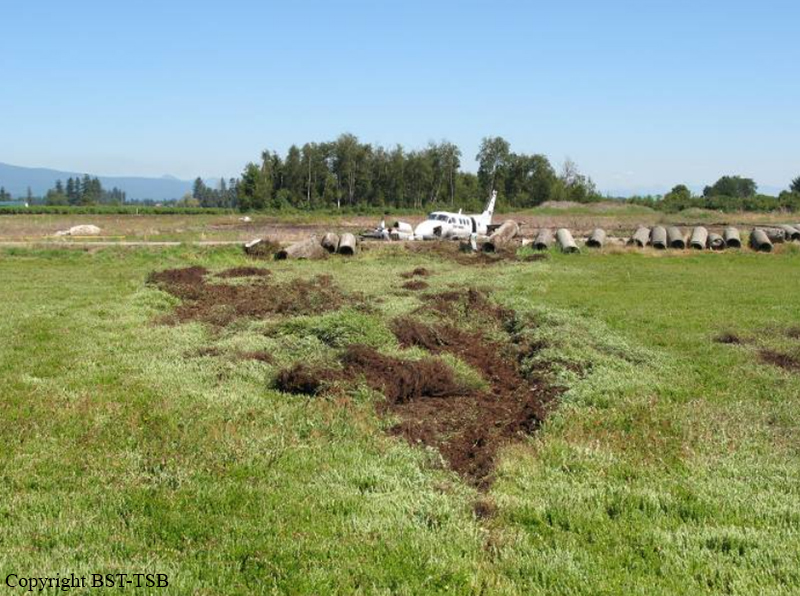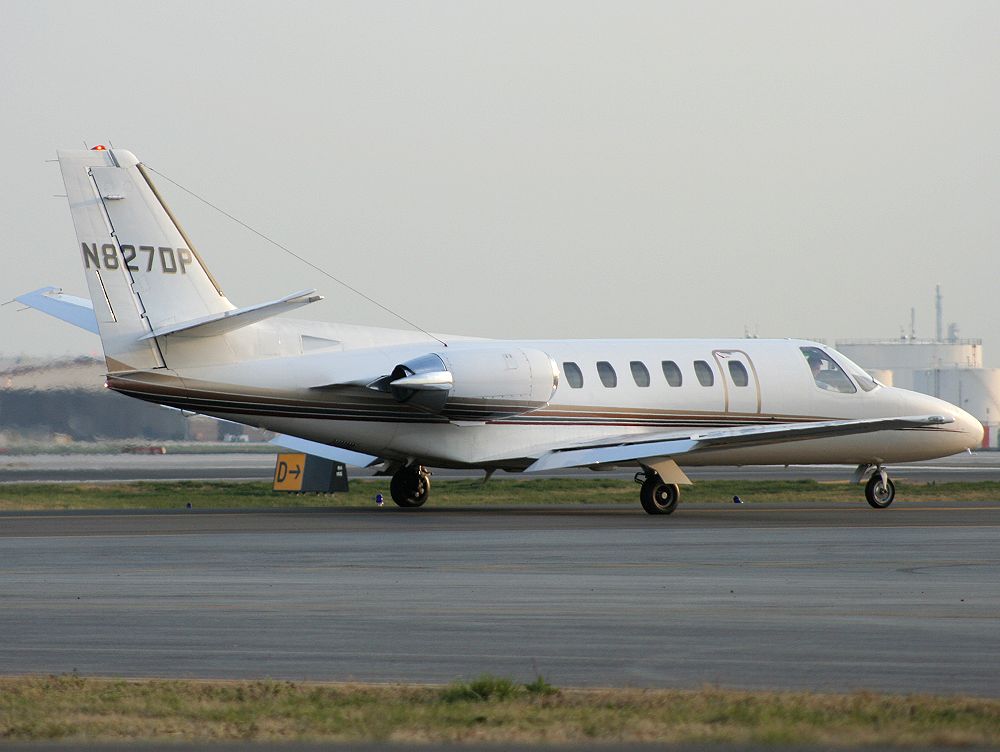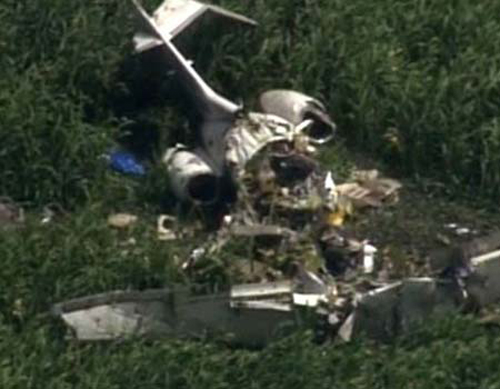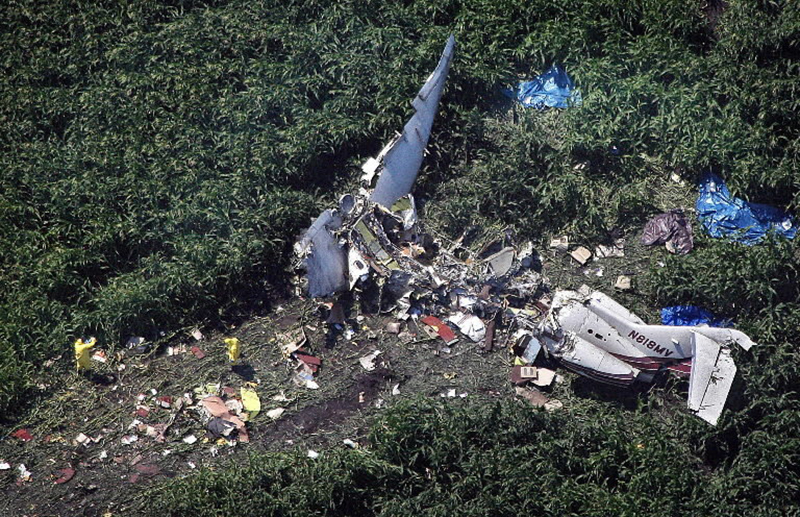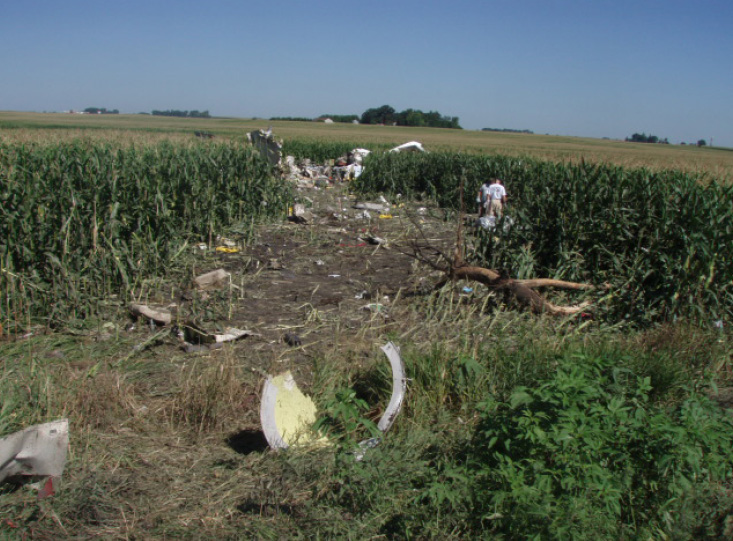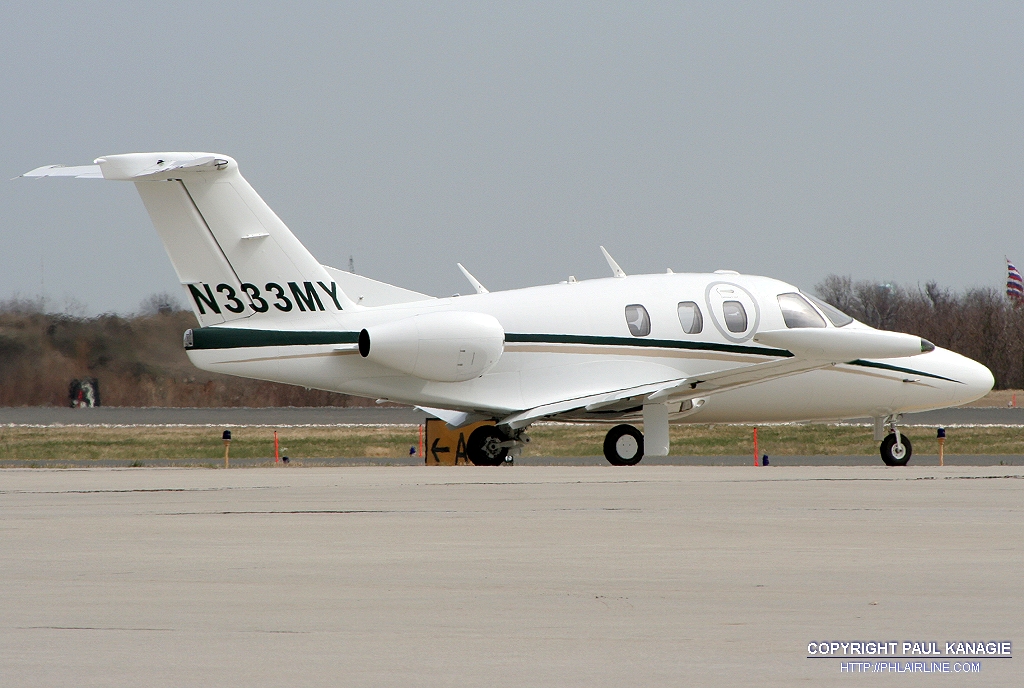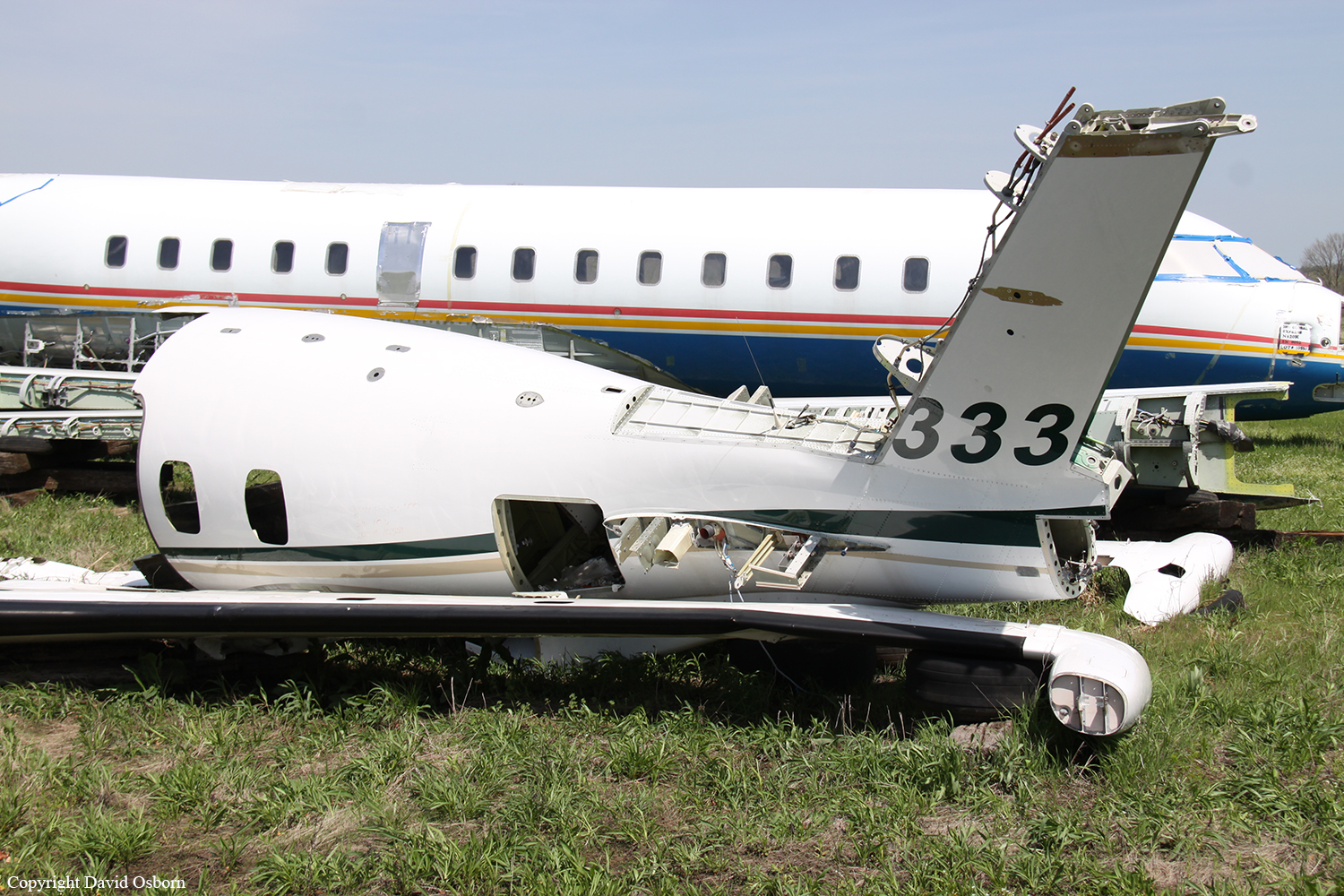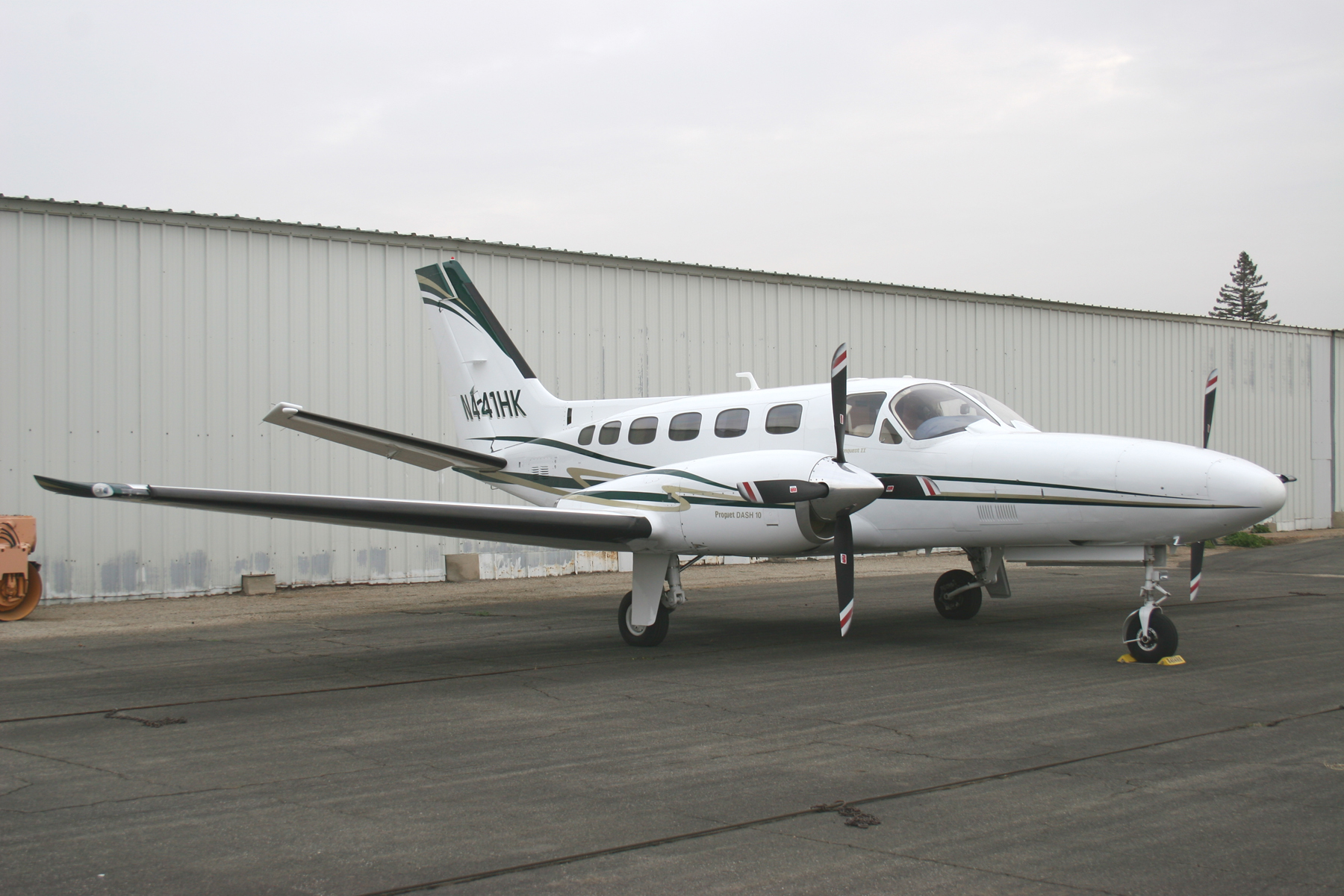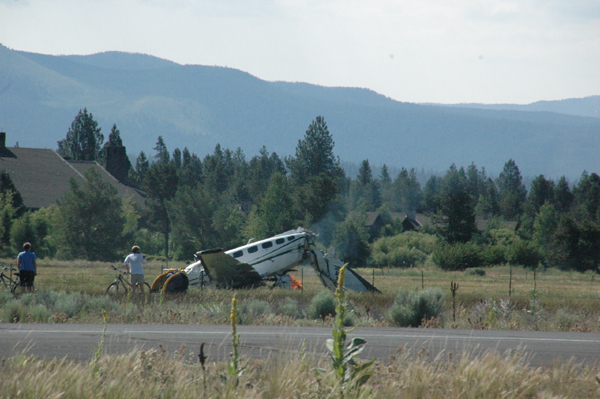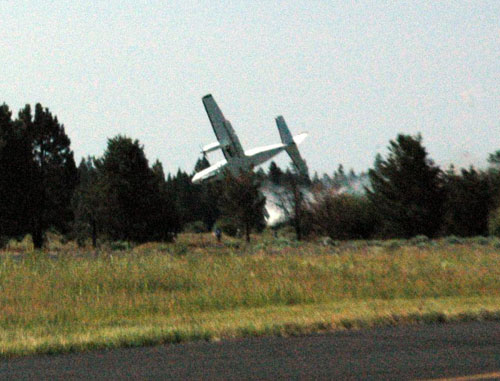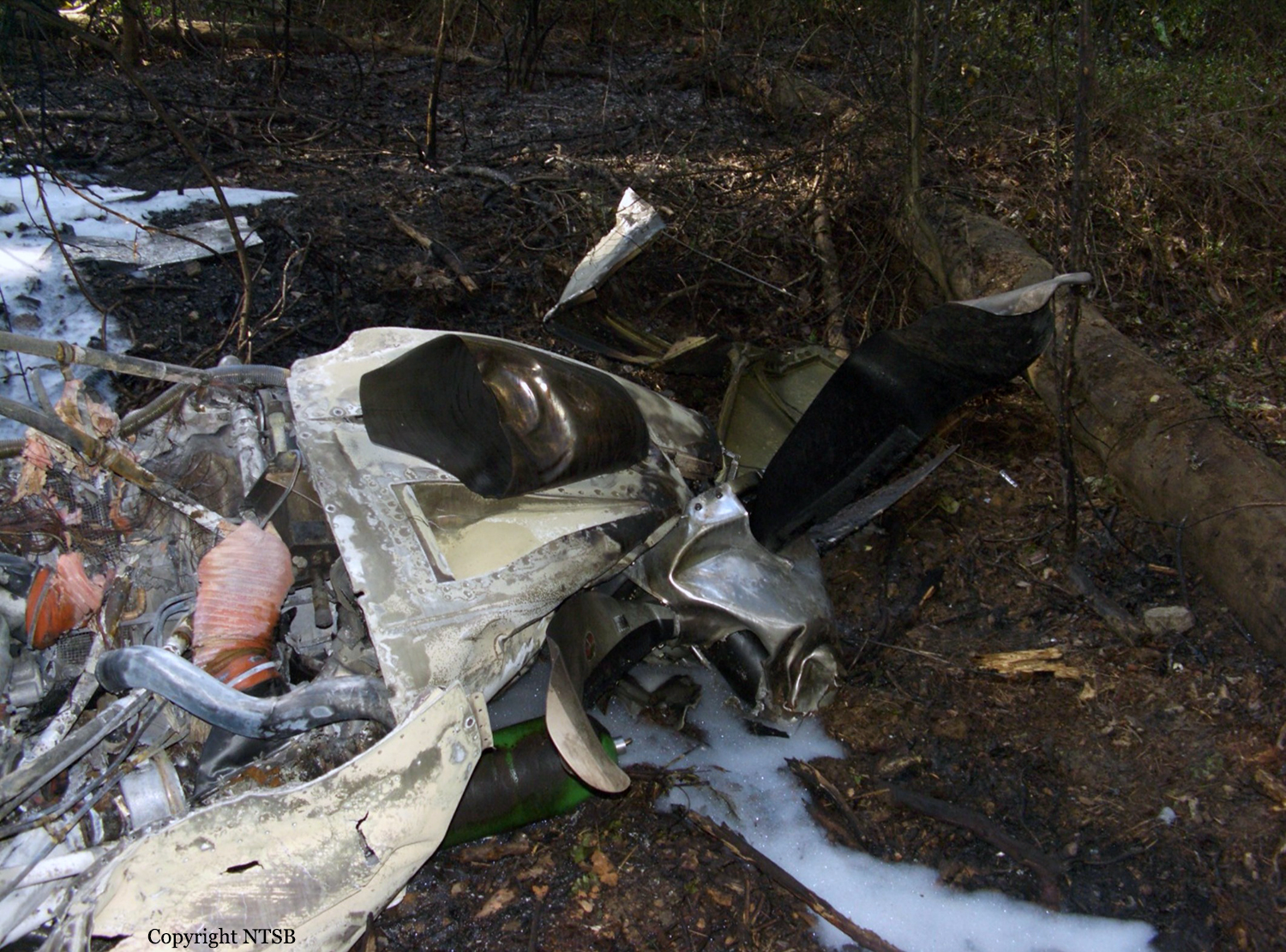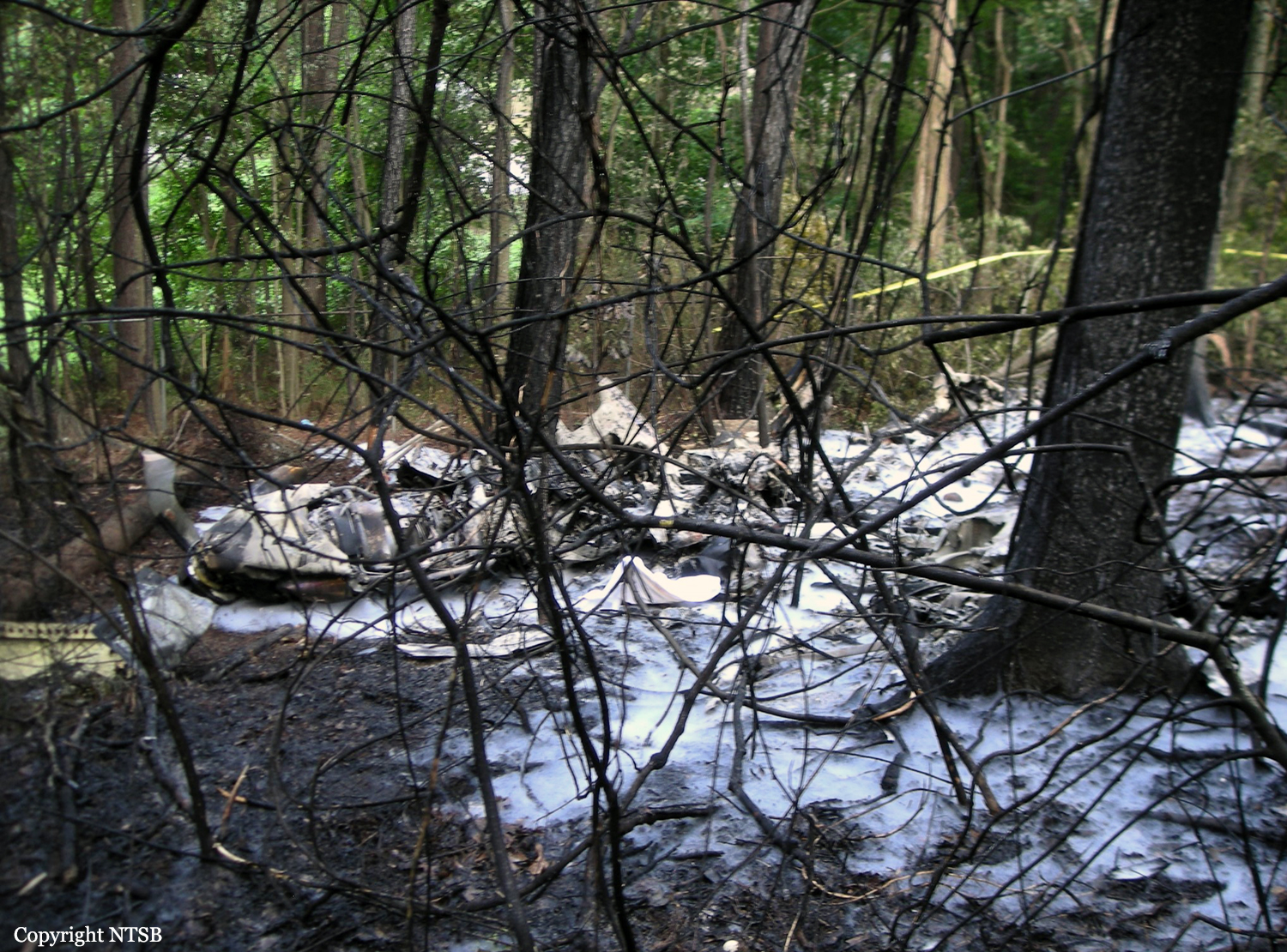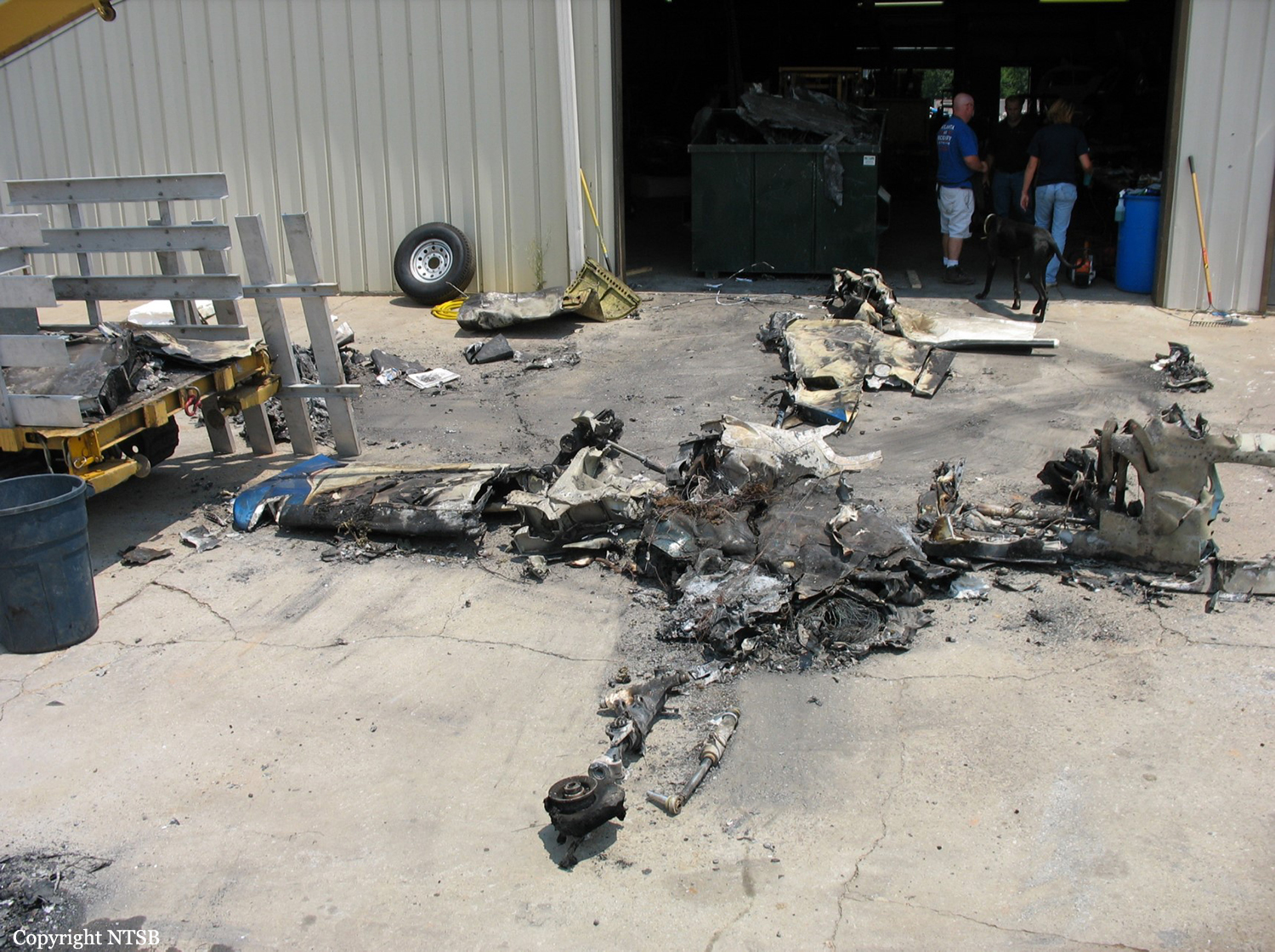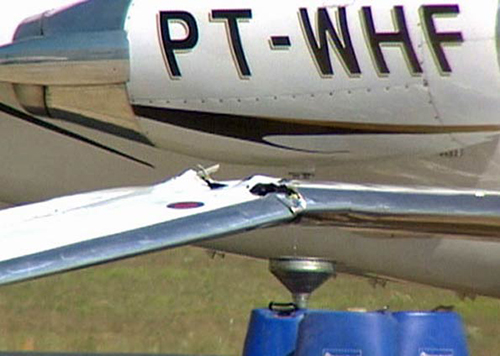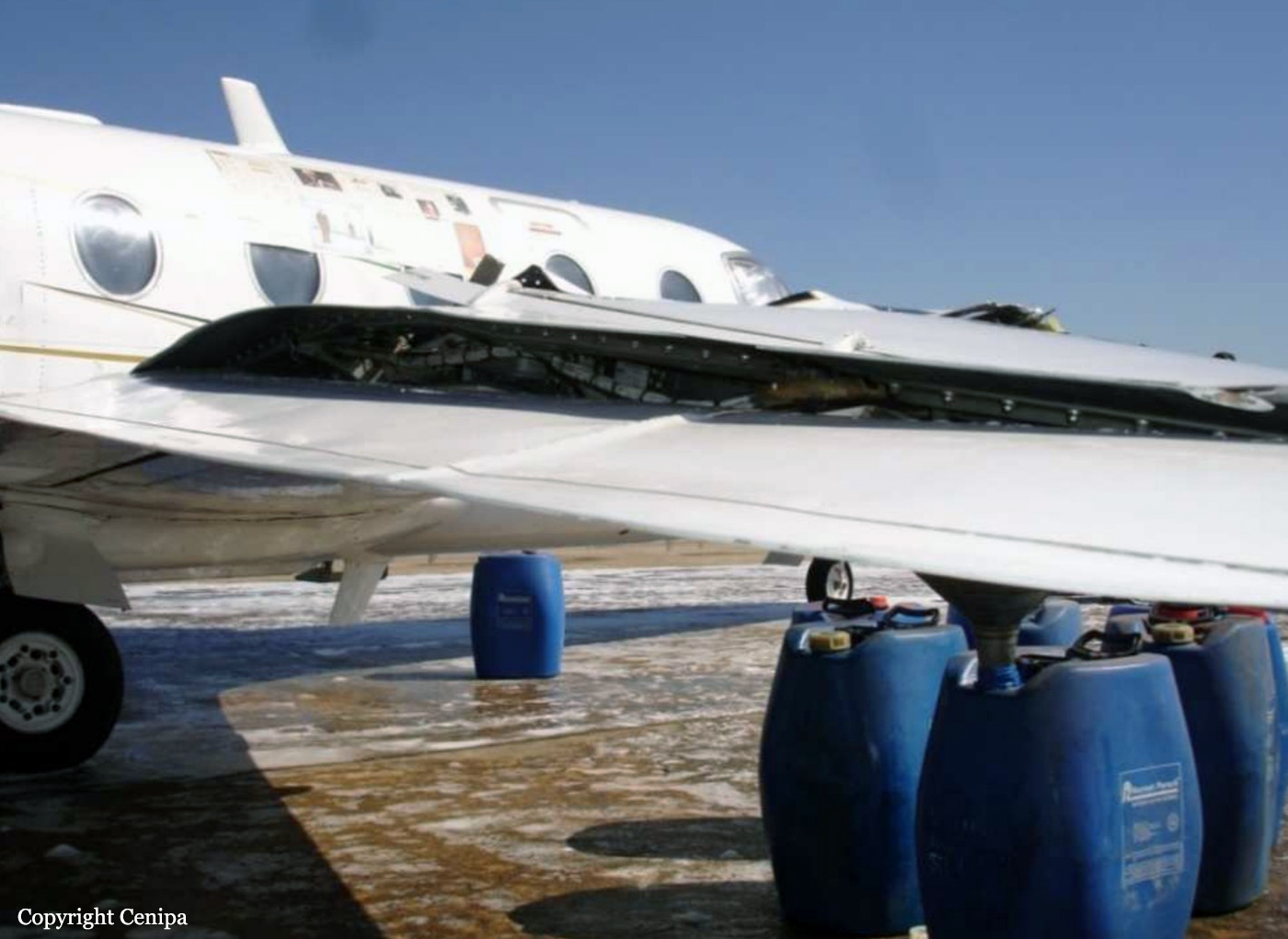Crash of a Fokker F27 Friendship 500 in K50: 3 killed
Date & Time:
Aug 13, 2008 at 0450 LT
Registration:
5Y-BVF
Survivors:
No
Schedule:
Nairobi – K50
MSN:
10627
YOM:
1982
Crew on board:
3
Crew fatalities:
Pax on board:
0
Pax fatalities:
Other fatalities:
Total fatalities:
3
Circumstances:
The aircraft departed Nairobi-Jomo Kenyatta Airport on a cargo flight to the K50 Airstrip located about 35 km southwest of Mogadishu, carrying three crew members and a load of 5,4 tons of khat. On approach by night, the crew was unable to establish a visual contact with the runway due to foggy conditions. The captain initiated a go-around and the crew attempted a second approach to land. Too low, the airplane collided with a 60 metres high communication antenna and crashed 2 km from the airport. All three occupants were killed.

